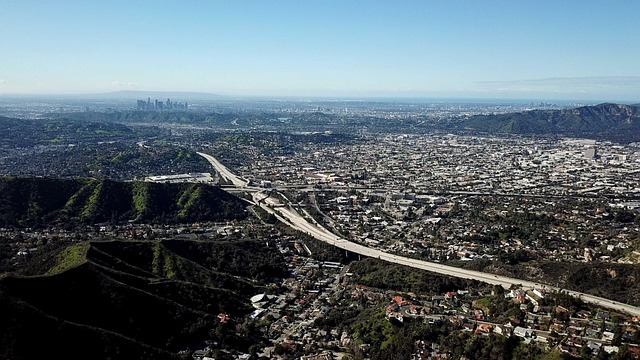Understanding urban growth patterns through historical data and social dynamics is key for real estate professionals to identify high-potential areas for revitalization. Strategic development integrating residential, commercial, and recreational spaces attracts businesses and fosters community engagement, boosting local economies. Strong infrastructure with well-connected transportation, accessible public spaces, and modern amenities drives vibrant business districts and neighborhoods, enhancing sustainability and quality of life. Robust infrastructure and development strategies are vital for building resilient, thriving neighborhoods adaptable to changing landscapes.
“Unleashing the potential of vibrant business districts and neighborhoods is a key driver of urban growth. This article delves into the dynamic world of real estate, exploring how understanding growth patterns can fuel successful development. We uncover strategies for revitalizing areas, focusing on infrastructure as a catalyst for thriving communities. By examining these aspects, we aim to provide insights for investors and developers seeking to create desirable destinations that enhance urban living.”
Understanding Urban Growth Patterns in Real Estate

Understanding urban growth patterns is paramount in navigating the real estate landscape. Business districts and neighborhoods evolve over time, influenced by economic trends, demographic shifts, and infrastructure developments. To capitalize on this growth, investors and developers must study historical data to identify areas with high potential for revitalization. By analyzing population density, employment rates, and property values, they can predict where new businesses, residential complexes, and public amenities will flourish.
Real estate professionals also benefit from understanding social dynamics and cultural preferences that shape neighborhoods. Gentrification, for instance, often transforms underutilized urban areas into vibrant hubs, attracting a diverse range of residents and businesses. Staying attuned to these changes enables real estate agents, brokers, and investors to make informed decisions, ensuring they are at the forefront of urban development and reaping the benefits of a thriving marketplace.
Strategies for Revitalizing Neighborhoods and Business Districts

Revitalizing neighborhoods and business districts is a multifaceted strategy that involves several key components. One effective approach is through strategic real estate development, focusing on mixed-use projects that blend residential, commercial, and recreational spaces. This integrated development not only attracts new businesses but also fosters a sense of community, encouraging foot traffic and boosting local economies.
Additionally, public-private partnerships play a significant role in neighborhood transformation. Collaborating with local governments, developers can leverage resources and expertise to implement infrastructure upgrades, improve street lighting, and enhance public spaces. These collaborative efforts create an inviting atmosphere, attracting both residents and businesses, ultimately driving sustainable growth and economic vitality.
The Role of Infrastructure and Development in Vibrant Communities

Vibrant, bustling business districts and neighborhoods are characterized by more than just a lively atmosphere; they’re built on strong infrastructure and strategic development. In real estate, this translates into well-connected transportation networks, accessible public spaces, and modern amenities that cater to residents’ needs. These foundational elements encourage foot traffic, foster social interactions, and attract businesses, creating a positive feedback loop that drives economic growth and community vitality.
Well-planned infrastructure also promotes sustainability, integrating green spaces, efficient energy solutions, and responsible urban design practices. This not only enhances the quality of life for residents but also positions the area as an attractive destination for businesses seeking talented employees and forward-thinking communities. Ultimately, robust infrastructure and development strategies are key to building resilient, thriving neighborhoods that can adapt to changing demographics and economic landscapes.






